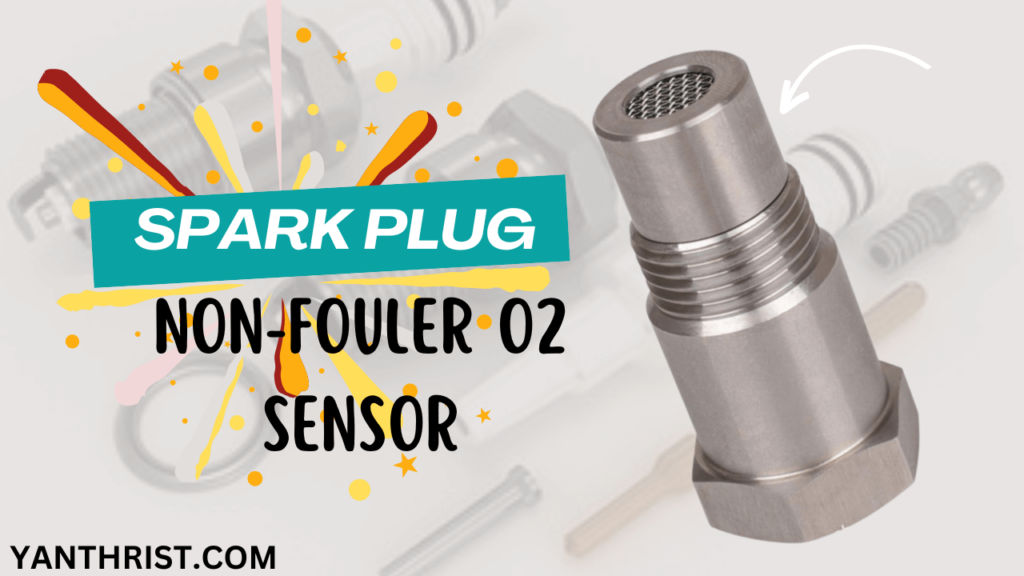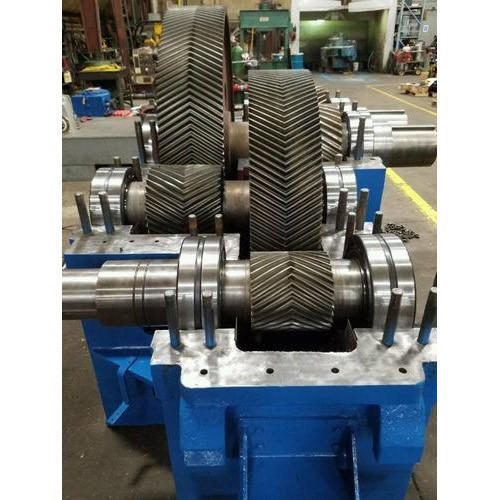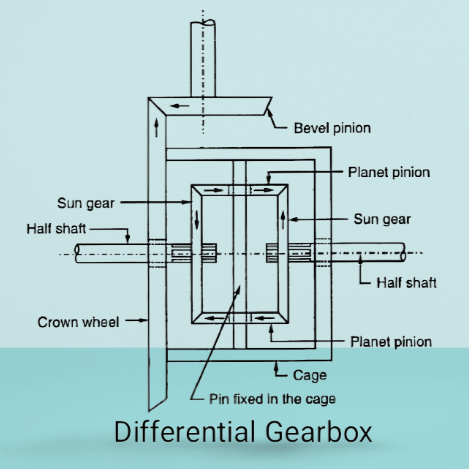What is Spark plug non fouler O2 sensor
A Spark plug non fouler O2 sensor is a small device used in automotive exhaust systems to address issues related to O2 sensors. O2 sensors, or oxygen sensors, play a crucial role in monitoring and regulating the air-fuel mixture in an engine’s combustion process. In this outline, we will explore what spark plug non-foulers are, how O2 sensors work, their interaction, and why non-foulers are used with O2 sensors.

Benefits of using spark plug non-foulers on O2 sensors
- Preventing O2 Sensor Damage: O2 sensors are sensitive components that can become fouled or contaminated over time. Non-foulers act as a shield, preventing direct exposure to harmful substances that might damage the O2 sensor.
- Improving Fuel Economy: By maintaining the accuracy of O2 sensors, non-foulers help the engine’s control unit optimize the air-fuel mixture, which can lead to improved fuel efficiency.
- Reducing Emissions: A properly functioning O2 sensor, protected by a non-fouler, ensures that the engine operates efficiently and emits fewer harmful pollutants, contributing to reduced emissions.
- Temporary Fix for a Bad O2 Sensor: In some cases, when a replacement O2 sensor is not immediately available or affordable, installing a non-fouler can serve as a temporary solution, allowing the vehicle to run with improved performance until a proper repair can be made.
How to install a spark plug non fouler O2 sensor
- Gather Your Tools and Materials: Ensure you have the necessary tools, including wrenches, a socket set, and the non-fouler itself.
- Locate the O2 Sensor: Identify the O2 sensor’s location in the exhaust system, typically near the exhaust manifold or downstream in the catalytic converter.
- Remove the Old O2 Sensor: Carefully disconnect the old O2 sensor, using appropriate tools, and set it aside.
- Install the New Spark Plug Non-Fouler: Thread the non-fouler onto the O2 sensor port. If necessary, you can use thread sealant to ensure a secure fit.
- Reinstall the O2 Sensor: Reattach the O2 sensor, now equipped with the non-fouler, to its original location. Ensure all connections are secure.
Spark plug non-fouler O2 sensor Troubleshooting
- Check Engine Light: If the check engine light illuminates after installing a spark plug non-fouler, it may indicate that the O2 sensor is still faulty or that the non-fouler is not properly installed.
- Rough Engine Operation: If the vehicle runs poorly or exhibits rough engine performance after installing a non-fouler, it could be due to using the incorrect size or type of non-fouler or other underlying issues that require attention.
TOP 10 MOST COMMON GEARBOX TRANSMISSION PROBLEMS & ITS TROUBLESHOOTING.
Conclusion
In conclusion, spark plug non-foulers serve as valuable components in automotive exhaust systems to protect O2 sensors, enhance fuel efficiency, reduce emissions, and provide temporary solutions for O2 sensor issues. Proper installation and troubleshooting are essential to ensure their effectiveness and maintain the optimal performance of your vehicle.


